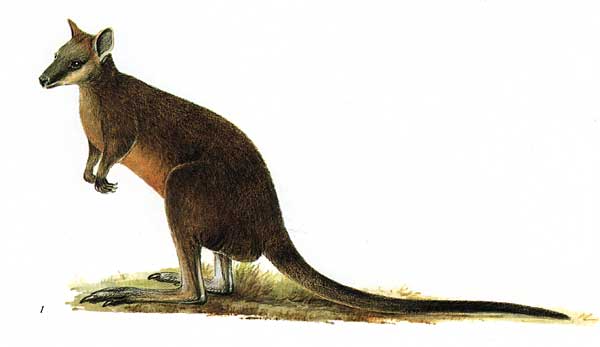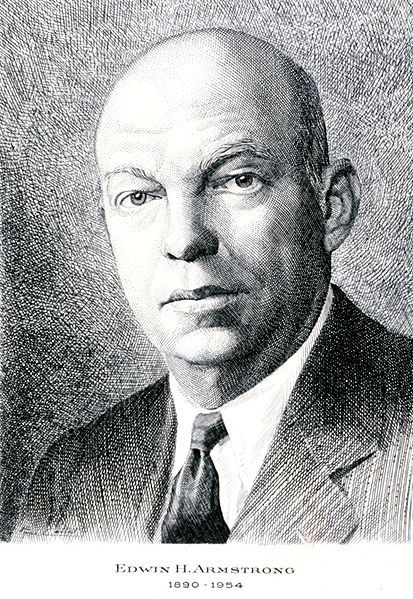Vulpes vulpes


Still don't know it's common name in English?
Hint:



Still don't know it's common name in English?
Hint:





Vulpes vulpes


Still don't know it's common name in English?
Hint:






The Andalusian horse originally came from and got its name from its homeland, the small Spanish province of Andalusia. They are the ancestors of the Iberian horses that come from Portugal and Spain. The Spanish actually refer to the Andalusian as well as other Spanish horses as Pura Raza Espanola, which translates to Pure Spanish Horse; they have their own closed studbook. There have been cave paintings found in Southern Spain that date back as far as 20,000 to 30,000 B.C. Scientists believe these horses represent the beginning of this species and that it was developed over thousands of years by people and cultures that inhabited Spain.
It's your thread, so, it's your call...how bout this round we do famous science guys (or girls)
?

Profile: The Clydesdale originated in the Clyde Valley, Scotland, and is the youngest of all the United Kingdom heavy breeds, finding its full development in the last 150 years. In the late 1700s, Native horses of Lanarkshire were put to Flemish horses, imported by the Duke of Hamilton, to increase their height and bulk. Clydesdales were imported throughout the world and helped build the cities and towns of Canada, Australia and America. Today, they are extremely familiar in the United States because of their use in advertisements by Anheuser Busch. Teams of ‘Budweiser’ horses are kept and displayed at Anheuser Busch theme parks throughout the United States.
Characteristics: Clydesdales stand from 16 to 18 hands and can be bay, brown, roan, black or gray, with white feathers and white markings. The Clydesdale is a flashy, high-stepping horse with strong, large feet. In fact, their feet were so big that in days past farmers couldn’t fit them in plow furrows. Therefore, Clydesdales were often worked in towns rather than farms.

It's your thread, so, it's your call...
If NMSquirrel starts posting famous science guys/gals, I'll just switch horses in mid-stream and follow his lead.

Bohr, Niels
Niels Henrik David Bohr (Danish: [ˈnels ˈboɐ̯ˀ]; 7 October 1885 – 18 November 1962) was a Danish physicist who made foundational contributions to understanding atomic structure and quantum theory, for which he received the Nobel Prize in Physics in 1922. Bohr was also a philosopher and a promoter of scientific research.[1]
Bohr developed the Bohr model of the atom, in which he proposed that energy levels of electrons are discrete, and that the electrons revolve in stable orbits around the atomic nucleus, but can jump from one energy level (or orbit) to another. Although the Bohr model has been supplanted by other models, its underlying principles remain valid. He conceived the principle of complementarity: that items could be separately analysed in terms of contradictory properties, like behaving as a wave or a stream of particles. The notion of complementarity dominated Bohr's thinking in both science and philosophy.
Bohr founded the Institute of Theoretical Physics at the University of Copenhagen, now known as the Niels Bohr Institute, which opened in 1920. Bohr mentored and collaborated with physicists including Hans Kramers, Oskar Klein, George de Hevesy and Werner Heisenberg. He predicted the existence of a new zirconium-like element, which was named hafnium, after the Latin name for Copenhagen, where it was discovered. Later, the element bohrium was named after him.

